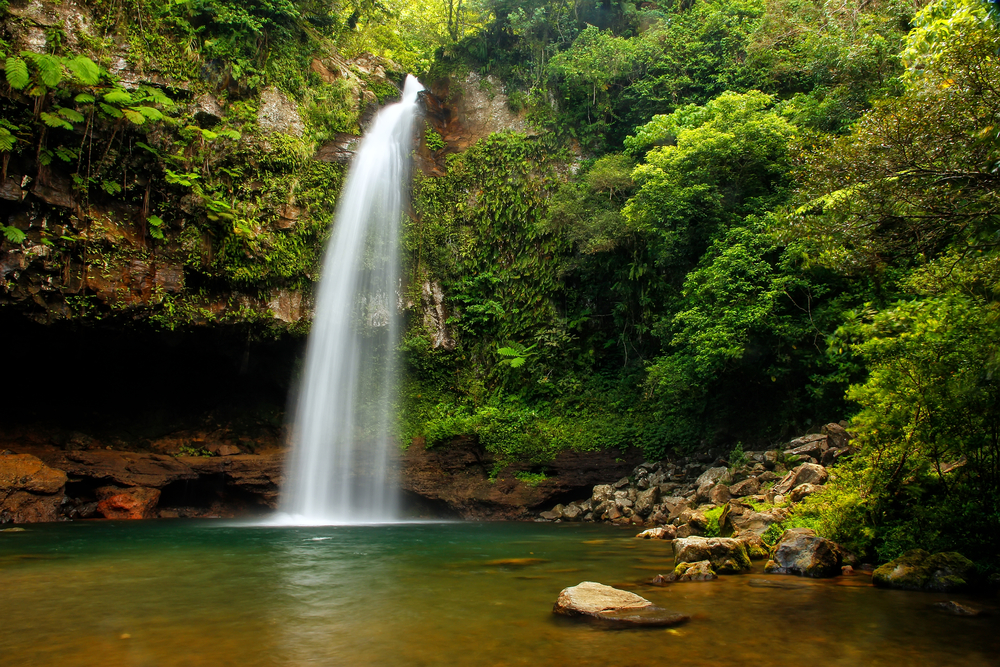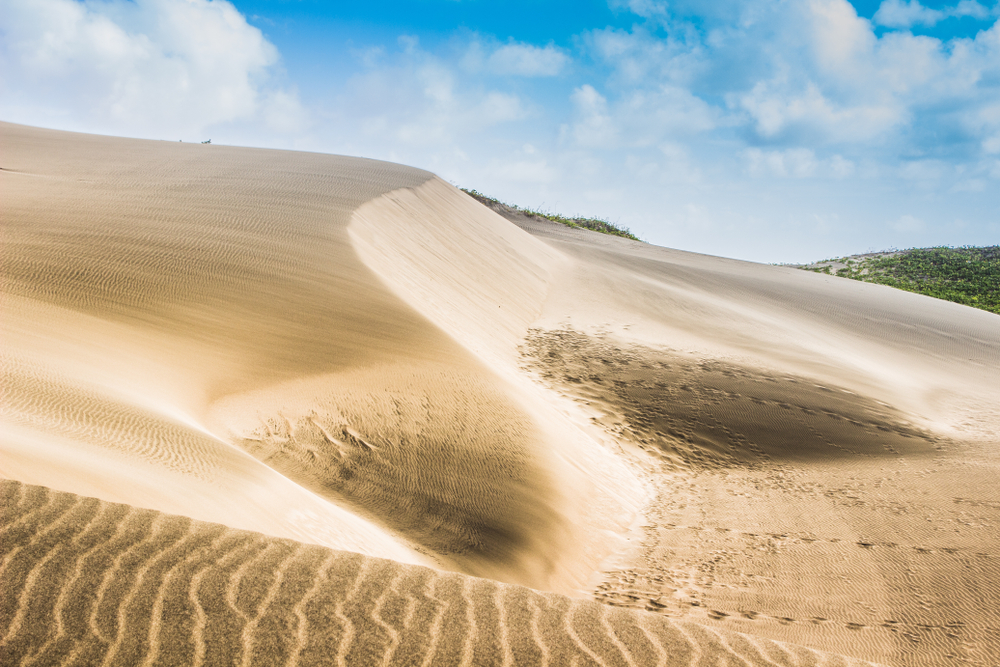Fiji is home to three officially designated national parks, each protecting unique aspects of the country’s stunning natural landscapes and biodiversity. These parks are vital in preserving Fiji’s tropical rainforests, mountainous terrain, and rich marine and terrestrial ecosystems. They also highlight the country’s efforts to balance environmental conservation with cultural heritage and sustainable tourism.
The most famous of these parks is Bouma National Heritage Park, located on the island of Taveuni, often referred to as the “Garden Island” of Fiji. Spanning approximately 150 square kilometers, the park showcases lush rainforests, dramatic waterfalls, and diverse flora and fauna. Visitors can explore its many attractions, including the Tavoro Waterfalls, a series of three cascading falls surrounded by verdant jungle, and the Lavena Coastal Walk, which offers spectacular views of the coastline. The park is home to numerous endemic species, including rare birds like the silktail and orange dove. Managed by local communities, Bouma National Heritage Park serves as a model of sustainable ecotourism, providing both conservation benefits and economic opportunities.
Sigatoka Sand Dunes National Park, Fiji’s first national park, is located on Viti Levu, the largest island. This park protects a unique landscape of coastal sand dunes, some reaching up to 60 meters in height. The area is not only an ecological treasure but also an archaeological site, containing ancient artifacts and burial grounds that date back over 2,000 years. Visitors can explore trails that wind through the dunes, offering views of the ocean and surrounding landscapes. The park also supports native plant species and serves as a nesting site for sea turtles, further underscoring its ecological importance.
Kolosuva National Park, though lesser-known, is another vital area for conservation. Nestled in Fiji’s mountainous interior, it preserves areas of tropical montane forests and high-altitude ecosystems. These habitats are critical for protecting water catchments and endemic species. Kolosuva offers opportunities for hiking and birdwatching, appealing to nature enthusiasts seeking a quieter, off-the-beaten-path experience.
Despite the beauty of these national parks, Fiji faces significant conservation challenges, including deforestation, invasive species, and the impacts of climate change. Rising sea levels threaten coastal ecosystems, while increased storm intensity impacts terrestrial and marine biodiversity. However, Fiji has demonstrated a strong commitment to environmental preservation through community-led conservation efforts, reforestation projects, and marine protection initiatives. The country’s emphasis on combining traditional knowledge with modern conservation strategies has led to successes in restoring habitats and safeguarding endangered species.











































































